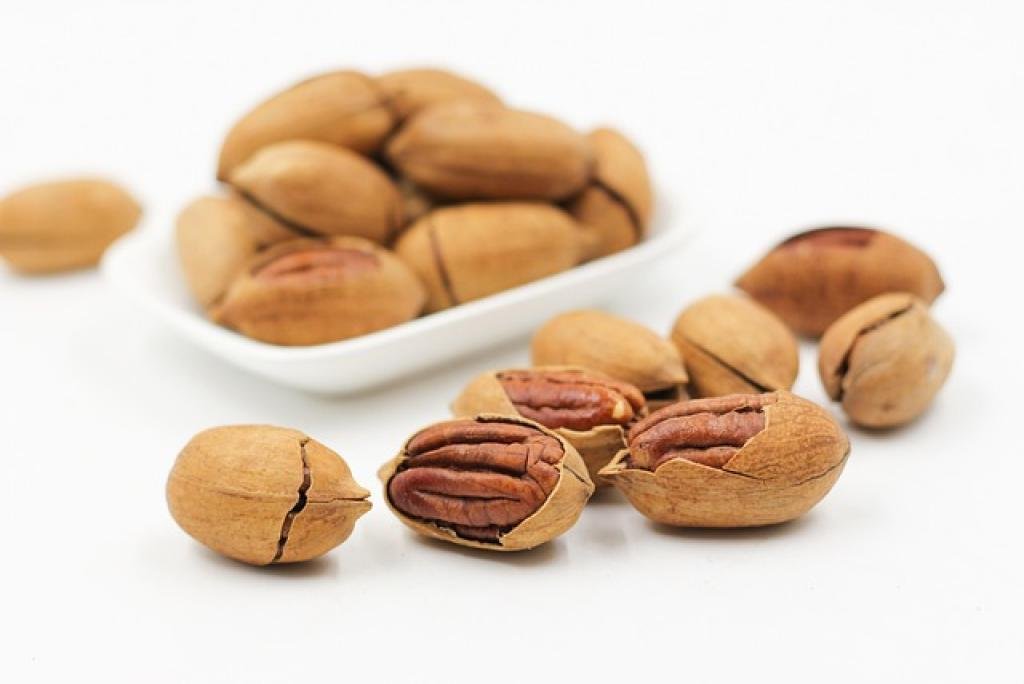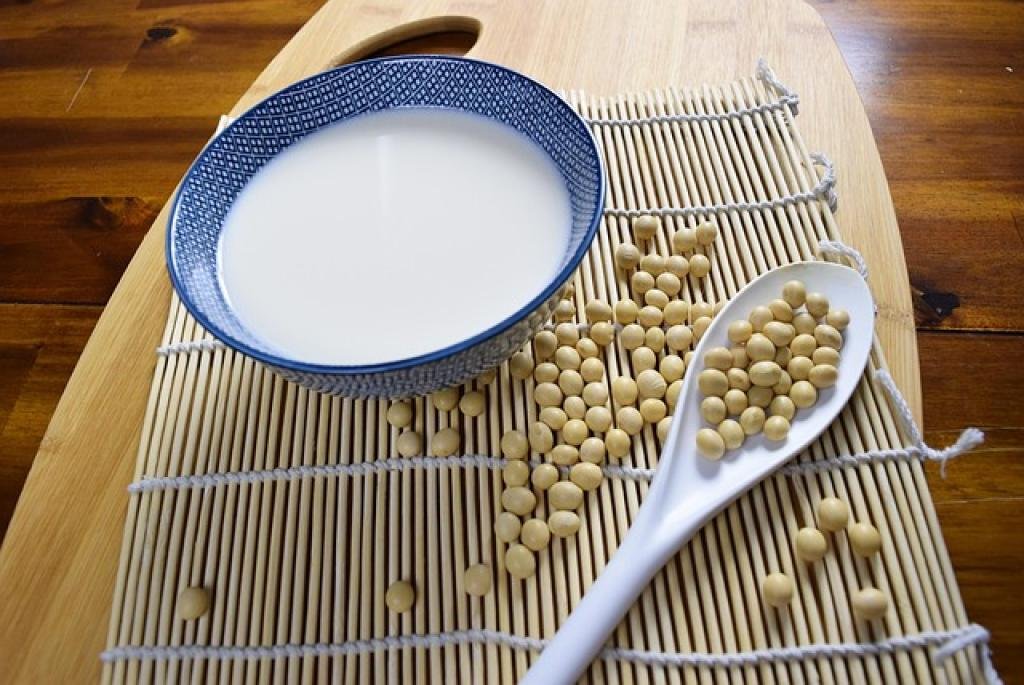We independently test and review fitness products using a research-based approach. If you buy through our links, we may earn a small commission at no extra cost to you. Read our Disclosure
If you’ve ever pondered the possibility of embracing a plant-based lifestyle without missing out on essential nutrients, you’re in the right place. Whether motivated by health, environmental concerns, or ethics, adopting a plant-centric diet doesn’t mean sacrificing protein intake.
Many people assume that without meat, protein consumption takes a hit. However, with a bit of knowledge and planning, plants can easily pack a punch in fulfilling daily protein needs. From beans and lentils to nuts and seeds, plant-based sources provide not only protein but also fiber, vitamins, and minerals.
This guide explores a variety of plant proteins, debunking myths and providing tips to optimize your diet. Let’s cultivate a deeper understanding of how plants can power you with energy and nourishment, all while keeping your taste buds delighted.
Top Plant-Based Protein Sources and Their Benefits
Transitioning to a plant-based diet opens the door to an array of protein-packed foods that offer incredible health benefits, often with added nutrients that animal products may lack.
Legumes: Beans and Lentils
Beans and lentils are protein powerhouses, offering approximately 15-18 grams of protein per cooked cup. Not only are they rich in protein, but they also provide significant amounts of fiber, iron, and folate, supporting digestive health and energy levels.
Versatile Tofu and Tempeh
Soy-based foods like tofu and tempeh are not just protein-rich, with around 15-20 grams per serving, but they are also versatile ingredients that absorb flavors beautifully. Tofu provides calcium, whereas tempeh, thanks to fermentation, offers probiotics that contribute to gut health.
Nuts and Seeds Galore
A handful of nuts and seeds, such as almonds, chia seeds, and hemp seeds, delivers a satisfying protein boost. Nuts are also high in healthy fats, while seeds, like flaxseeds, bring omega-3 fatty acids to your plate. Sprinkle them on salads or oatmeal for a crunchy addition.
Integrating these plant-based protein sources into meals can enrich your diet with essential nutrients and flavors, making your plant-based journey both nutritious and satisfying.

Optimizing Plant-Based Protein Absorption in Your Diet
Maximizing the benefits of plant-based proteins goes beyond just knowing what to eat; it’s also about enhancing absorption.
Combining foods can amplify their nutritional value. Pairing legumes with whole grains, like rice and beans, creates a complete protein, providing all essential amino acids needed for muscle building and repair.
Vitamin C is another absorption booster. Consuming vitamin C-rich foods, such as oranges or bell peppers, alongside sources of plant iron, like spinach or lentils, enhances iron absorption, elevating overall nutrient intake.
Another helpful strategy is to incorporate fermented foods like sauerkraut or kimchi. These support digestive health, which is crucial for nutrient absorption, by providing beneficial bacteria.
Soaking nuts, seeds, and legumes can reduce anti-nutrients, naturally occurring compounds like phytic acid, that may hinder nutrient absorption. This simple step can make nutrients more bioavailable and improve digestion.
By fine-tuning these elements, you can ensure you’re getting the most out of your plant-based proteins, fueling your body efficiently while enjoying diverse and tasty meals.
Creating Balanced Plant-Based Meals for Protein Intake
Crafting balanced plant-based meals can be simple and satisfying with a little bit of planning. Start by prioritizing variety, which ensures a spectrum of nutrients on your plate.
A Rainbow of Vegetables
Incorporate colorful vegetables like sweet potatoes, broccoli, and carrots. Not only do they bring vitamins and minerals, but they can also complement proteins for an all-around nutritional boost.
Introduce grains such as quinoa, farro, or brown rice as a base. These are excellent sources of protein and fiber, offering the perfect foundation for a hearty meal.
Don’t forget the power of protein-rich toppings and sides. Think of adding beans, chickpeas, or a sprinkle of nuts and seeds to your salads and grain bowls. This strategy diversifies your protein sources and enriches flavors.
Breakfast is also a prime opportunity to balance plant-based proteins. Enjoy a smoothie with plant-based protein powder and nut butter, or cook up a tofu scramble with spinach and tomatoes.
By mixing and matching these ingredients, you can effortlessly create meals that are not only rich in protein but also vibrant and nutritious. Making each meal a balanced combo ensures sustained energy and satiety throughout the day.
Plant-Based Protein Supplements: What You Need to Know
Plant-based protein supplements can be a convenient way to ensure you’re meeting your protein goals, especially if your lifestyle is on-the-go or you’re boosting athletic performance.
Types of Plant-Based Protein Powders
There are several types to explore, including pea, soy, hemp, and brown rice protein. Each offers unique benefits; for instance, pea protein is highly digestible and rich in essential amino acids, while hemp provides omega-3 fatty acids.
When selecting a supplement, check the ingredient list. Look for products with minimal additives and sugars, focusing instead on natural ingredients and a complete amino acid profile.
While supplements can enhance protein intake, they’re most effective when used to complement a balanced diet rather than replace whole foods. Consider them as an addition to meals, like a smoothie enhancer or a post-workout snack, to round out nutritional intake.
Remember, it’s important to listen to your body’s needs. Supplements are a personal choice, and not everyone requires them. Evaluate your dietary routine, and if you’re meeting your needs through food, you may find these powders unnecessary.
Ultimately, understanding your lifestyle and health goals will guide you in deciding whether plant-based protein supplements are right for you.
The Bottom Line: Tips for Meeting Your Protein Needs on a Plant-Based Diet
Meeting your protein needs on a plant-based diet doesn’t have to be a complex puzzle. With a bit of planning and informed choices, you can sustain a balanced and fulfilling diet that meets all your nutritional needs.
First, embrace variety. Consuming a diverse range of protein sources like legumes, grains, nuts, and seeds will not only satisfy your protein requirements but also provide essential vitamins and minerals.
Additionally, focus on combining foods strategically. Pair complementary proteins, such as whole grains with beans, to ensure you consume all essential amino acids necessary for maintaining muscle and overall health.
Don’t forget the importance of fortifying your meals with vegetables and fruits, as they help absorb nutrients more effectively and keep your diet colorful and exciting. Including a rainbow of produce ensures a broad spectrum of nutrients.
Incorporate plant-based protein supplements wisely, if needed, as a convenient way to enhance your diet, especially on busy days or after a workout. However, aim to prioritize whole foods to maintain a nutrient-dense diet.
Stay mindful of your individual needs, whether that’s adjusting portions or tailoring your protein intake based on your activity levels. Regularly check in with your energy and nutrition goals to ensure you’re on track.
Ultimately, a plant-based lifestyle can be as enriching as it is nourishing. By following these tips, you can confidently meet your protein needs while enjoying delicious and varied plant-based meals. Enjoy your journey to a healthier, plant-powered life!



